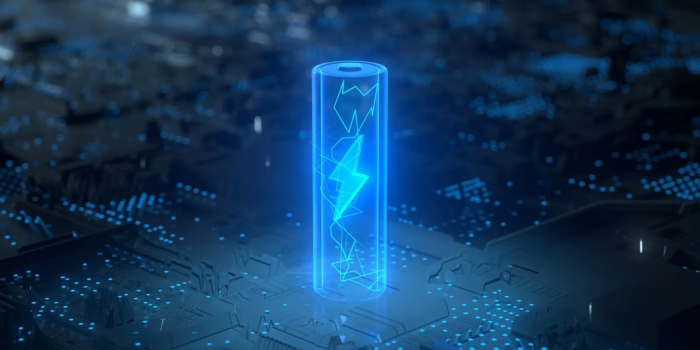In a groundbreaking stride in battery technology, a team of international researchers, spearheaded by Professor Fan Xiulin of Zhejiang University, has developed an innovative electrolyte that allows lithium-ion batteries to operate efficiently in ultra-low temperatures, as low as minus 80 degrees Celsius.
Creating lithium-ion batteries suitable for low-temperature environments has long been a formidable challenge. This involves grappling with the delicate balance between high energy density, a wide operating temperature range, and fast charging capabilities. The electrolyte, a critical component responsible for moving ions between electrodes, maintains this delicate equilibrium. According to the team’s research, published in the journal Science, their new electrolyte, composed of minuscule solvent molecules, achieves battery characteristics that were previously deemed “unattainable” with existing electrolyte designs.

The novel electrolyte, developed after four years of exhaustive investigation and experimentation with various solvents, employs fluoroacetonitrile, demonstrating an undiscovered structural movement mechanism within batteries. Dubbed “ligand-channel transport,” this process involves small solvent molecules in the electrolyte forming two sheath layers around lithium ions, constructing channels for ion travel. The result is an electrolyte with 10,000 times better ionic conductivity at -94 degrees Fahrenheit (-70 degrees Celsius) than conventional electrolytes, enabling ultra-fast charging in extreme cold environments.

Professor Xiulin emphasizes the potential applications of these batteries, spanning from telecommunications to arctic exploration. The research team acknowledges that further investigation is needed to ensure the electrolyte’s compatibility with traditional battery designs.
Nevertheless, the breakthrough opens doors to developing high-energy batteries capable of functioning seamlessly in harsh environments, marking a significant leap in battery technology.


